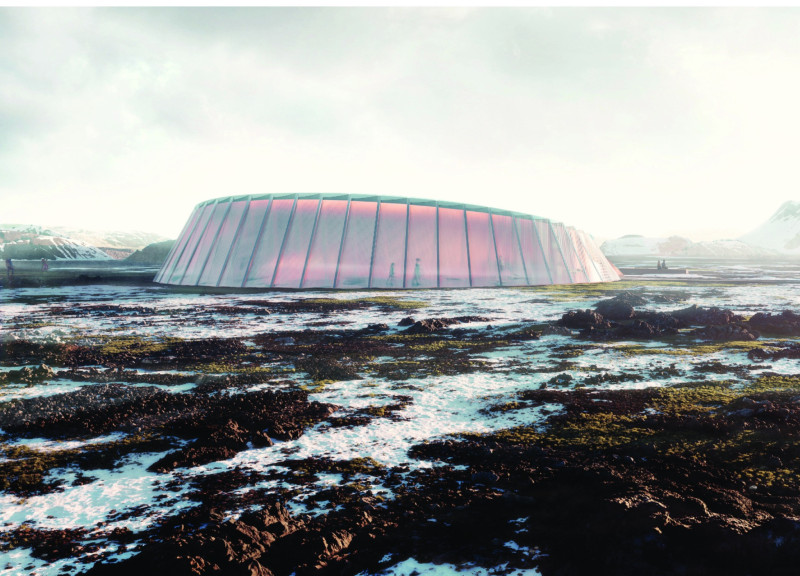5 key facts about this project
Upon entering the project, one is instantly struck by the deliberate arrangement of spaces that prioritize functionality without sacrificing aesthetic appeal. The layout is meticulously crafted to facilitate fluid movement while ensuring that each area serves its intended purpose efficiently. The project consists of distinct zones, including communal areas, private spaces, and service zones, all harmoniously interwoven to foster interaction and promote a sense of community.
The architectural design embraces an array of materials that not only support its structural integrity but also contribute to its overall visual and tactile experience. Predominantly, the project employs concrete, glass, and timber, each chosen for their unique properties. Concrete provides robustness and longevity, creating a solid foundation that withstands environmental challenges. Glass features prominently in the facades, allowing natural light to permeate interior spaces while offering unobstructed views of the surrounding landscape. This transparency blurs the boundaries between inside and outside, inviting nature into the living spaces. Timber is strategically used, adding warmth and texture, and reinforcing the connection to nature, enhancing the overall atmosphere of the project.
Unique design approaches are evident throughout various elements of the project. Innovative use of passive design strategies is a key feature, emphasizing sustainability and energy efficiency. Large overhangs not only provide shade but also reduce solar heat gain, while strategically placed windows maximize cross-ventilation. This attention to climate-responsive design demonstrates a commitment to creating comfortable and sustainable living environments.
Furthermore, the landscape design works in tandem with the architectural elements, enhancing the project’s integration into its site. Native plant species are utilized to minimize water usage and maintain ecological balance. Pathways meander around the structure, guiding visitors through both the architecture and the landscape, encouraging exploration and interaction.
Each detail has been carefully considered, from the selection of furniture that complements the overall design language to the lighting systems that enhance both functionality and ambiance. The project showcases a coherent aesthetic that reflects a modern sensibility while respecting traditional influences. This balance is seen in the choice of finishes and textures that draw upon local craftsmanship, enriching the user experience through tactile engagement.
The interaction of light with the architectural forms during different times of the day creates a dynamic quality that transforms the space, offering varied experiences depending on the time and season. This interplay fosters a deeper appreciation of the architecture, as it evolves and responds to the environment.
As a comprehensive architectural manifestation, this project stands as a testament to thoughtful design, responding to the needs of its occupants while being firmly rooted in its geographical context. By prioritizing sustainability, functionality, and aesthetics, it embodies contemporary architectural ideals and invites viewers to engage with and reflect on the relationship between built environments and their natural counterparts. Readers interested in diving deeper into the specifics of this project are encouraged to explore the architectural plans, architectural sections, and overall architectural designs presented, as these elements reveal the intricate ideals and solutions embedded in this thoughtful project.


























